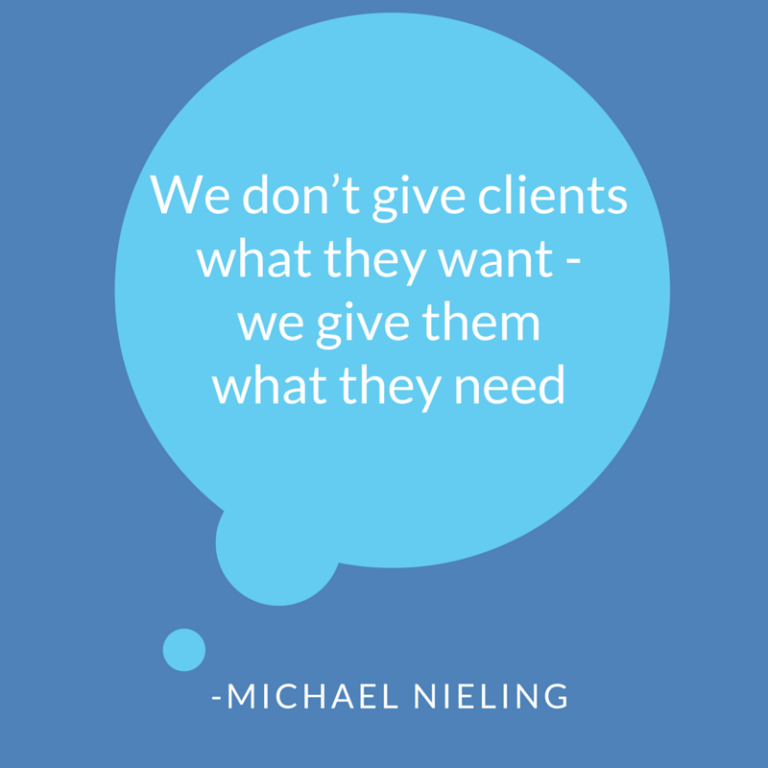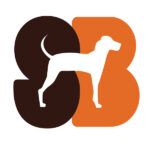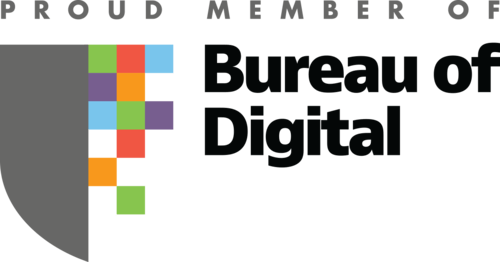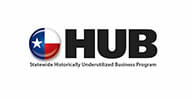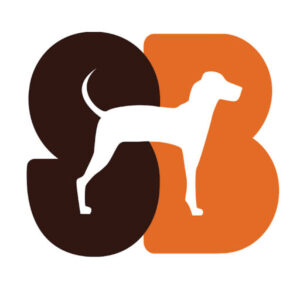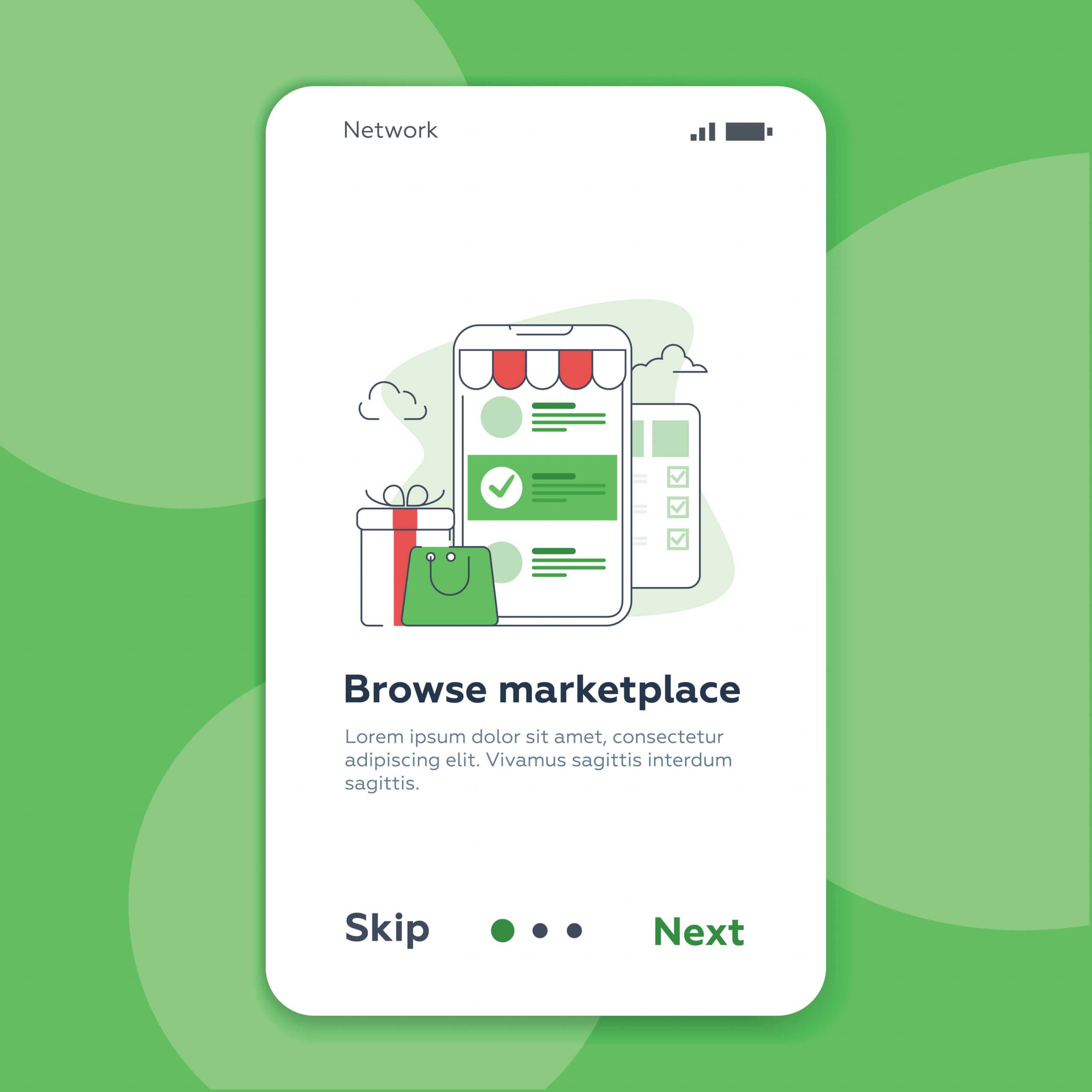
Mind the gap and onboard existing users when your product has changed
When you redesign an existing software or website, it’s important not to forget about the people who were familiar with your old design. The more radical the redesign, the more likely your existing users will feel lost and confused. Since customer retention is so important for companies, it’s important not to make assumptions and onboard existing users after a redesign.

Existing users have a knowledge gap
Product and website teams often overestimate the technical abilities of their existing users. Nielsen Norman Group conducted a study that found that two-thirds of users were not able to complete even medium-complexity tasks. The tasks included navigating across pages or applications and use tools available, and for most users, the activities weren’t straightforward.
What’s more, users build habits.
A significant portion of our daily behaviors are actually founded on habits.
Understand user habits
Habits are routines we all build to help reduce the cognitive effort required in decision-making. Decision-making requires a lot of brain energy, so our brains have created shortcuts to help us move through our daily lives without tiring ourselves out.
Charles Duhigg, author of the both The Power of Habit, explains that there are three components to a habit:
- Cue: a trigger for the behavior
- Routine: the behavior or habit itself
- Reward: the payoff for the behavior, which encourages us to continue
We form our habits through repetition. Our brains create pathways to allow the habit loop to continue without much deep thinking.
Once established, habits are difficult to break. Most advice on breaking habits revolve around replacing one habit with another. This process can take time and requires repetition to establish the new habit.
And habits aren’t limited to thinking like smoking or brushing our teeth. Users also establish habits as they become familiar with tools like software products, web applications, and even websites.
Help existing users build new habits
Users get into routines when using digital tools. The more they use something, the more likely they’ve formed habits in how they use it. So when you redesign a tool or even just a feature, users who have formed habits may find the change disruptive.
This is where you need to onboard existing users so they can understand the changes.
Think of onboarding as educating the user while also retaining them. You want them to know that it will benefit them from the get-go. Here are some questions to keep in mind:
- How did the user use the tool previously?
- How will users want to use the tool?
- Is the target user accepting of change?
3 techniques to onboard existing users
To onboard existing users you need to acknowledge their need for help without treating them like they’ve never used your product or website before. Rather than start with basics that haven’t changed, be sure to focus only on what has changed that will affect them.
Provide a walk-through of new features and functionality
Think of the walk-through as a short introduction, rather than a tutorial. You’re not holding their hands, you’re helping reacquaint them with the tool. It’s important to consider their context.
- In your walk-through, use small snippets of information with consistent brand style (short and concise).
- Keep information limited – don’t get in the way of customer using the website/application
- Keep the onboarding process short, around two to four steps
There are a number of UI components that products can implement for this, including tool-tips, banners, carousels, and sidebar popups.

Focus on one task at a time
Users visit your website or tool to accomplish a specific task. Focus on retraining users one task at a time rather than all at once.
- Show users how to do a simple task first, then gradually move on to more complex tasks
- Suggest best practices for users to make the most of the new features
Use the show-tell-do technique
Don’t just tell users about changes, give them a chance to try it out.
Familiarize users by having them try out a simple task so they could practice during onboarding. This works best if users need to follow a linear sequence to successfully complete a task.
A redesign needs to include thinking about how to onboard existing users plays a big part in a redesign. It’s far better to retain existing users, so making sure that your user base not only learns to use the new features but also continue to be loyal.

